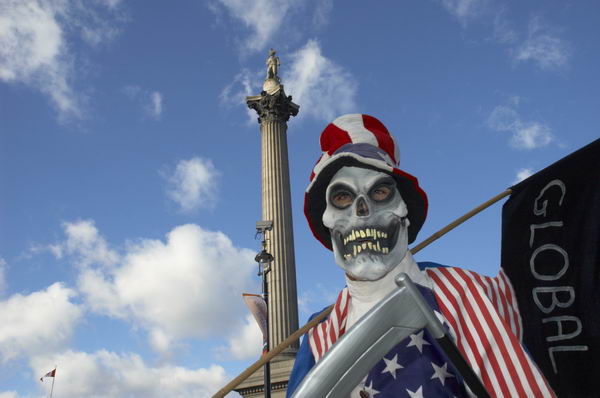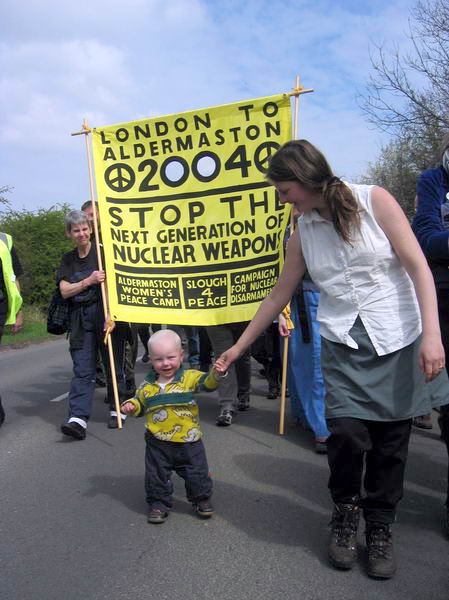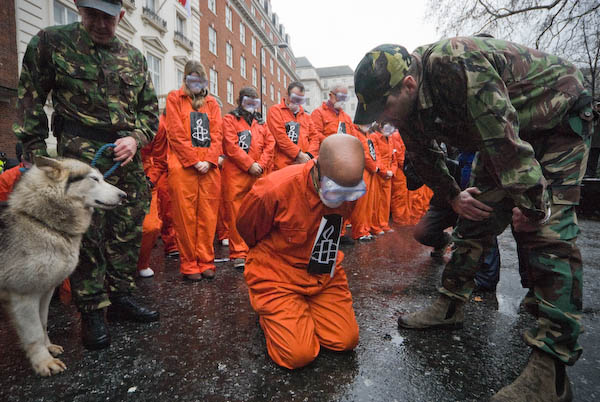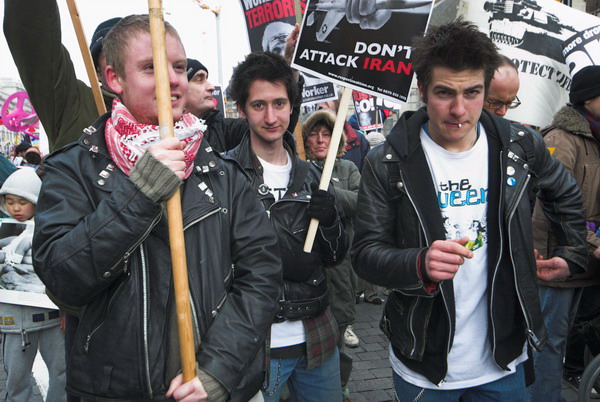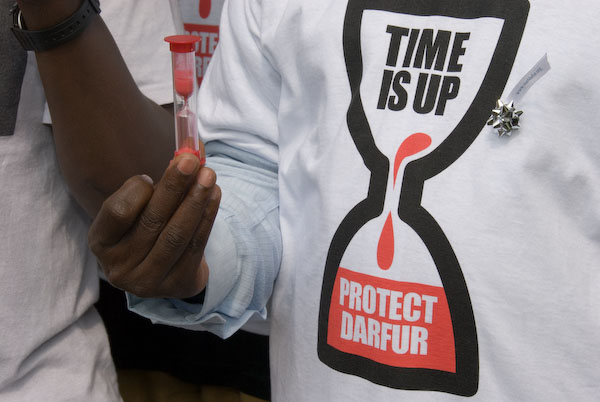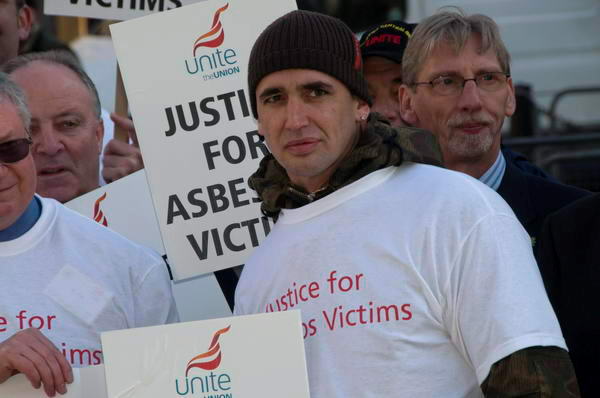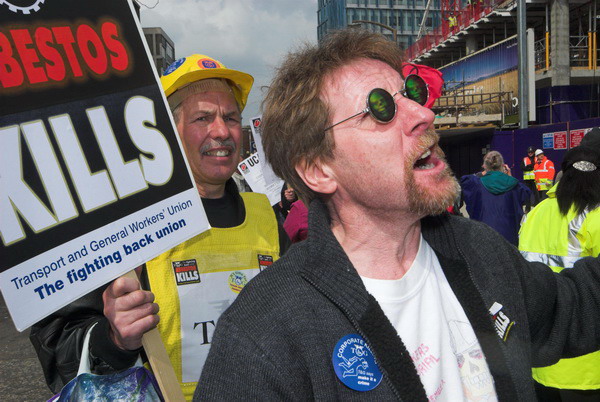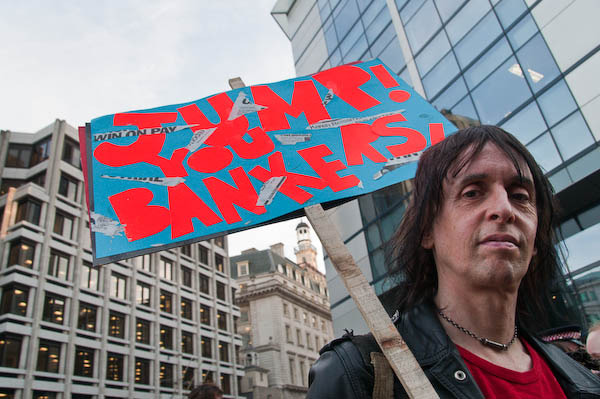I’m getting down to thinking about Paris, where I will be next week for Paris Photo. I’ll be one of 40,000 or so visitors to the rather stygian cellars below the city of light looking at the work of over thousands of photographers from around the world on the stands of 120 galleries, publishers and magazines from around 20 countries – just one of a thousand accredited journalists from 50 countries there. For as long as I can stand it before rushing up for air and perhaps a beer before diving down for more.

A quiet moment in Paris Photo in 2006
This is the largest and most important trade show of the photography year for dealers and collectors, and a great opportunity to see work, even if so much is just the kind of large-scale expensive corporate wall-decoration that supports most of the gallery world these days. Among that kind of stuff I’d be happy never to see again there will be plenty of really great work.
In particular I’m looking forward to seeing a great range of work from Japanese photographers, from1848 to the present day, including quite a few new names so far as I’m concerned. Of course there will be plenty of familiar work, including people such as Shoji Ueda, Ihei Kimura, Masahisa Fukase, Eikoh Hosoe, Shomei Tomastu, Hiroshi Sugimoto, Nobuyoshi Araki and Daido Moriyama, most of whom I’ve previously written about, but also much new to be seen.

Eikoh Hosoe photographs me on a pink camera phone – one Japanese image I’m fairly sure won’t be at Paris Photo! But you can see more from this series here.
One of the best ways to get an idea of the range of work on show is to take a look at Lens Culture, always worth reading on photography and one of the partners of Paris Photo, which has a preview selection of more than 200 photographers from the show.
As well as the pictures, Paris Photo is also a good place to meet people and I’m looking forward to meeting some old friends and making new ones there. You can see my pictures from my visit there last year on ‘My London Diary‘.

A show in the ‘Off’ in 2006 by leading Chilean photographer Paz Errazuriz was one of the most interesting in Paris that year
But even if Paris Photo was not taking place, it would still be worth visiting Paris this month, for the great Mois de la Photo which takes place in November every even-numbered year. The web site is (as yet) only in French, but the listing of exhibitions and events you can download makes sense so long as you know (or look up) the days of the week in French. There are around 90 exhibitions taking place with some in almost every district of Paris, and on top of this there is also a lively ‘fringe’, the Mois de la Photo-OFF, with a further 101 exhibitions (again the site is in French, but the listings are easy to follow and you can download an illustrated pdf of the shows.)

And of course there is the city of Paris itself – always worth a visit. The picture above is from those I took in 1973 – more here.
And in 2006, when I went to Paris Photo I also took a few pictures:
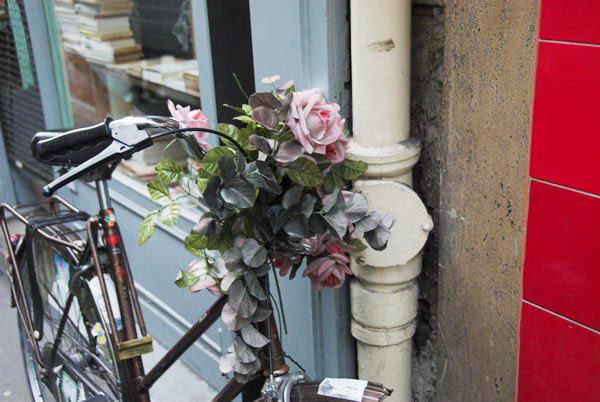
More pictures from 2006 from Paris (and Stains, a Paris suburb.)
